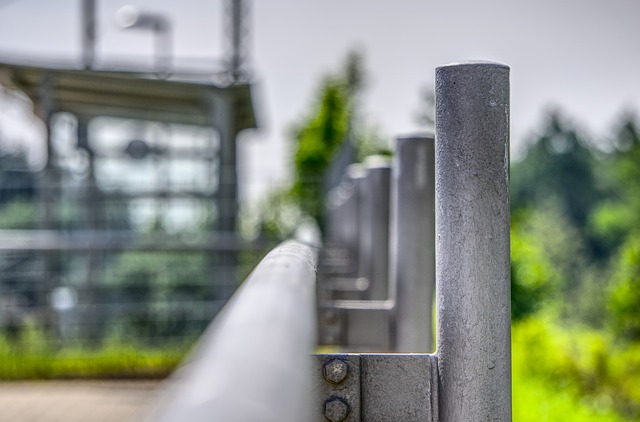You should be familiar with OSHA’s requirements for guardrails so that you can identify locations that need to have guardrails installed, and know the key components of a standard guardrail. In many situations, other fall protection systems may be used instead of guardrails, such as personal fall arrest systems or safety nets. If guardrails are used, remember these guidelines on where and how they should be installed.
First, let’s consider some of the fall hazards that must be guarded:
-
Ladderways and stairways must be guarded except at the actual point of access. The access point must have a gate, or be offset from the opening so that no one can walk straight into the hole.
-
Hatchways and floor opening for chutes must have guardrails or hinged covers.
-
Any hole in a floor must be guarded with a standard guardrail or cover; this includes skylights. OSHA defines a hole as “a gap or void 2 inches or more in its least dimension in a floor, roof, or other walking/working surface.”
-
Wall openings or windows must be huarded when there is a drop of 6 feet or more on the other side, and the bottom of the opening is less than 39 inches from the working surface on your side.
-
Open-sided floors and platforms which are 6 feet or more above the adjacent floor or ground must be guarded.
A standard guardrail will have:
-
A smooth surfaced top rail at a height of approximately 42 inches.
-
An intermediate rail at about half the height of the top rail.
-
A four-inch-high toeboard at floor level.
-
Vertical posts spaced not more than 8 feet apart.
-
Paneling or screening if materials are piled high enough or close enough to the edge that a toeboard is inadequate.
By properly guarding holes, opening, and open-sided floors, we can eliminate a big source of potential accidents and injuries. Know when to use fall protection, and use it.



